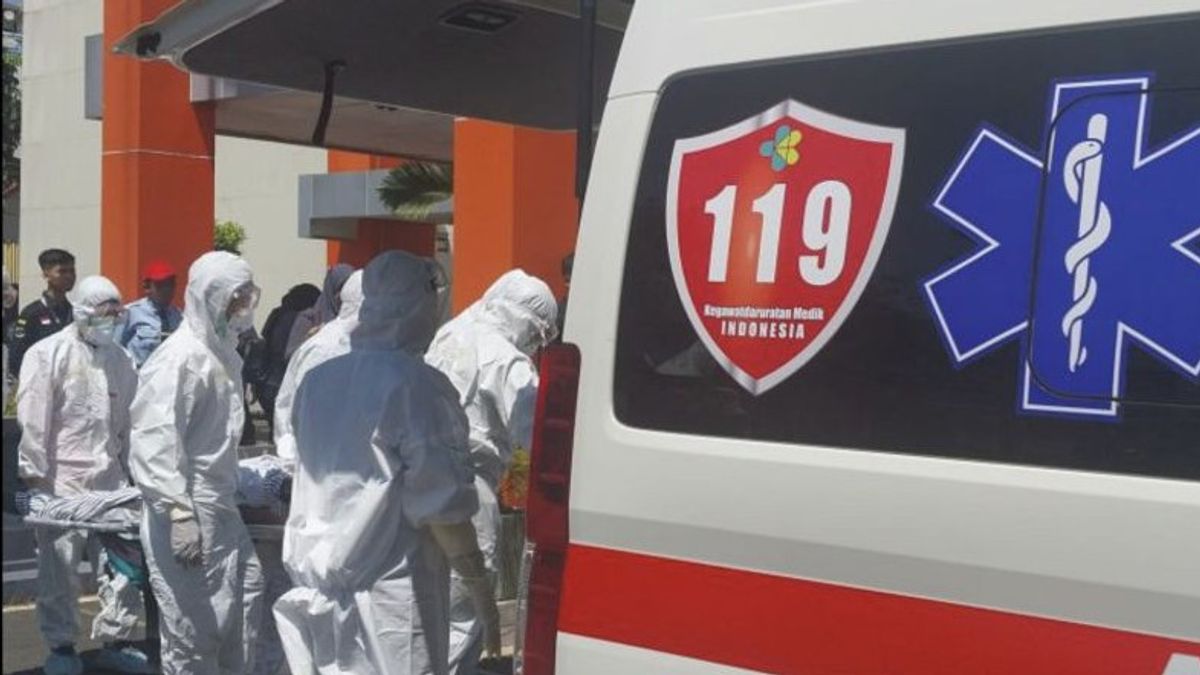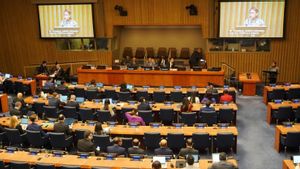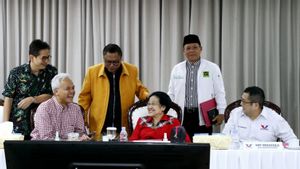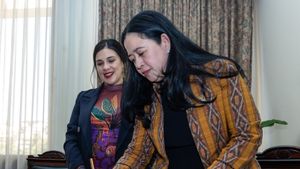JAKARTA - The Ministry of Health (Kemenkes) held a nuclear disaster emergency simulation in the Science and Education Area (KSE) Achmad Baiquni Yogyakarta and Dr Sardjito Hospital.
"This emergency simulation is a collaboration between the Ministry of Health and the National Research and Innovation Agency (BRIN) in anticipating nuclear disasters," said the Coordinator of the Nuclear Disaster Emergency Simulation Simulation at Dr Sardjito Andreas Dewantodilansir ANTARA, Wednesday, September 27.
In the simulation which took place on Tuesday (26/9), the Ministry of Health through the Directorate General of Health Services conducted a simulation of the evacuation of KSE employees on behalf of Achmad Baiquni who acted as victims of nuclear radiation.
Andreas said the main evacuation protocols are personal protective equipment (PPE) for health workers, radiation monitoring tools, and emergency room settings that can be used for the decontamination process.
The simulation is divided into three zones for handling patients with nuclear exposure at disaster sites and in the ER.
The first zone is a hot zone or hot zone as the area with the highest role for the first treatment of patients exposed to radiation in the emergency room.
Furthermore, there is awarm zone or warm zone, namely an area to process decontamination actions to reduce the level of radiation exposure to patients.
Finally, a cold zone or cold zone is an area where the patient is already contaminated so that it is declared safe.
"The three zones must be considered and implemented by health workers in nuclear emergency conditions when conducting clinical assessments and monitoring of radiation both in prehospital conditions and when patients are received in hospitals," he said.
Every zone exchange, said Andreas, health workers must carry out an independent assessment through a personal dosimeter or radiation absorption measuring device provided to each officer.
Each health worker must also self-contaminate before moving to the zone with a lower radiation exposure.
"So every officer is equipped with a personal doscimeter, namely a tool to measure how much the officer has been exposed (radiation), so if you have been exposed, you must be replaced with other officers," he said.
Simulation activities also review contingency plans that contain various things that hospitals need to prepare in the face of nuclear disaster emergencies.
VOIR éGALEMENT:
The readiness in question starts from preparing health human resources, receiving and analyzing disaster incident information, activation the team, preparing logistics resources quickly, and the flow of procedures for patient implementation with injury.
Indonesia currently has three nuclear reactors, namely the 2000 TRIGA Reactor in Bandung, the GA Siwabessy Reactor in Serpong Tangerang, and the Kartini Atomic Reactor in Yogyakarta in the KSE area of Achmad Baiquni.
"For the largest capacity in Serpong, there are 30 megawatts, then a maximum capacity of 2 megawatts, while for Yogyakarta 100 kilowatts," he said.
The nuclear disaster emergency simulation activity is an implementation of the Decree of the Minister of Health Number HK.01.07/MENKES/420/2018 which stipulates three nuclear disaster referral hospitals, namely Fatmawati Hospital Jakarta, Dr Hasan Sadikin Hospital Bandung, and Dr Sardjito Hospital Yogyakarta.
The English, Chinese, Japanese, Arabic, and French versions are automatically generated by the AI. So there may still be inaccuracies in translating, please always see Indonesian as our main language. (system supported by DigitalSiber.id)


















